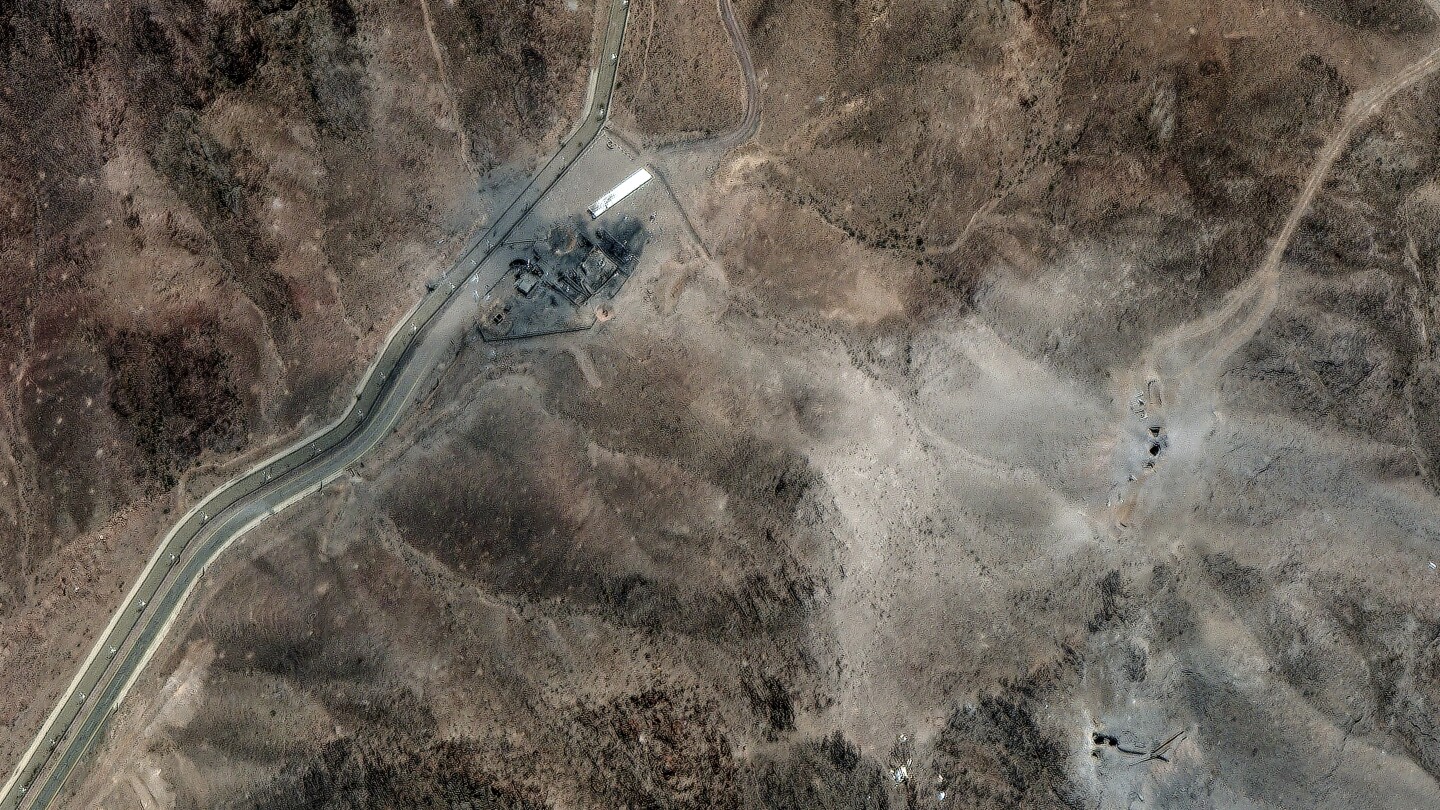WASHINGTON (AP) — A recent U.S. intelligence report indicates that American military strikes on Iran’s nuclear facilities have only temporarily set back the country’s nuclear program, contradicting claims by President Donald Trump. The report, issued by the Defense Intelligence Agency (DIA), suggests that the damage inflicted on Iran’s nuclear infrastructure may only delay its progress by a few months.
The assessment challenges statements from both Trump and Israeli Prime Minister Benjamin Netanyahu, who have publicly declared that the strikes had significantly crippled Iran’s nuclear capabilities. According to sources familiar with the report, while the attacks on the Fordo, Natanz, and Isfahan nuclear sites caused considerable damage, they did not completely destroy the facilities.
Contradictory Claims and Strategic Implications
The U.S. government has expressed a desire to restart negotiations with Iran to halt its nuclear ambitions entirely. However, experts caution that the recent strikes might have the opposite effect, potentially pushing Tehran closer to developing a nuclear weapon. The DIA report also reveals that some of Iran’s highly enriched uranium, essential for creating a nuclear weapon, was relocated before the strikes, and many of its centrifuges remain operational.
At the Fordo uranium enrichment plant, despite the deployment of 30,000-pound bunker-buster bombs by U.S. B-2 stealth bombers, the underground infrastructure remained largely intact. Intelligence officials had previously warned of such an outcome, suggesting that the strikes would not completely obliterate the site.
The White House’s Response
The White House has dismissed the DIA’s findings, labeling the assessment as “flat-out wrong.” President Trump, attending a NATO summit in the Netherlands, defended his characterization of the strikes, stating, “It was obliteration, and you’ll see that.” He criticized the media for reporting on the intelligence, describing them as “scum.”
Defense Secretary Pete Hegseth announced an investigation into the leak of the intelligence assessment, dismissing it as “preliminary” and of “low confidence.” Secretary of State Marco Rubio criticized the leakers, calling them “professional stabbers.”
Intelligence Community’s Silence
The CIA and the Office of the Director of National Intelligence (ODNI) have not commented on the DIA report. The ODNI oversees the coordination of the nation’s 18 intelligence agencies, including the DIA, which focuses on foreign military intelligence. The Israeli government has also remained silent on the U.S. strikes.
“It’s treasonous so it ought to be investigated,” said Trump special envoy Steve Witkoff, criticizing the sharing of the U.S. assessment with the media.
Expert Analysis and Future Prospects
Outside experts have long suspected that Iran had already hidden key components of its nuclear program in anticipation of potential American strikes. Satellite imagery showing bulldozers and trucks at the Fordo site days before the strikes suggests that Iran may have relocated its enriched uranium stockpile to an undisclosed location.
Iran has consistently maintained that its nuclear program is for peaceful purposes, yet it has enriched uranium beyond levels needed for civilian use. The International Atomic Energy Agency (IAEA) has warned that Iran possesses enough enriched uranium to produce several nuclear bombs if it chooses to do so.
Potential for a Covert Program
Experts like Eric Brewer, a former U.S. intelligence analyst, believe that Iran could potentially reconstitute its nuclear program covertly. Brewer suggests that Iran might have moved its enriched uranium and centrifuges, which are crucial for further enrichment, to undisclosed locations.
Kelsey Davenport, director for nonproliferation policy at the Arms Control Association, notes that if Iran has diverted its centrifuges, it could establish a covert enrichment facility and quickly enrich uranium to weapons-grade levels. However, Brewer emphasizes that Iran would face challenges in launching a covert program due to the loss of vital equipment and personnel from the strikes.
Looking Ahead
The situation remains tense as the international community watches closely. The potential for Iran to rebuild its nuclear capabilities poses significant geopolitical challenges. The U.S. and its allies must navigate a complex landscape of diplomacy and strategic deterrence to prevent further escalation.
The Associated Press will continue to monitor developments and provide updates on this evolving story.
The Associated Press receives support for nuclear security coverage from the Carnegie Corporation of New York and Outrider Foundation. The AP is solely responsible for all content.
